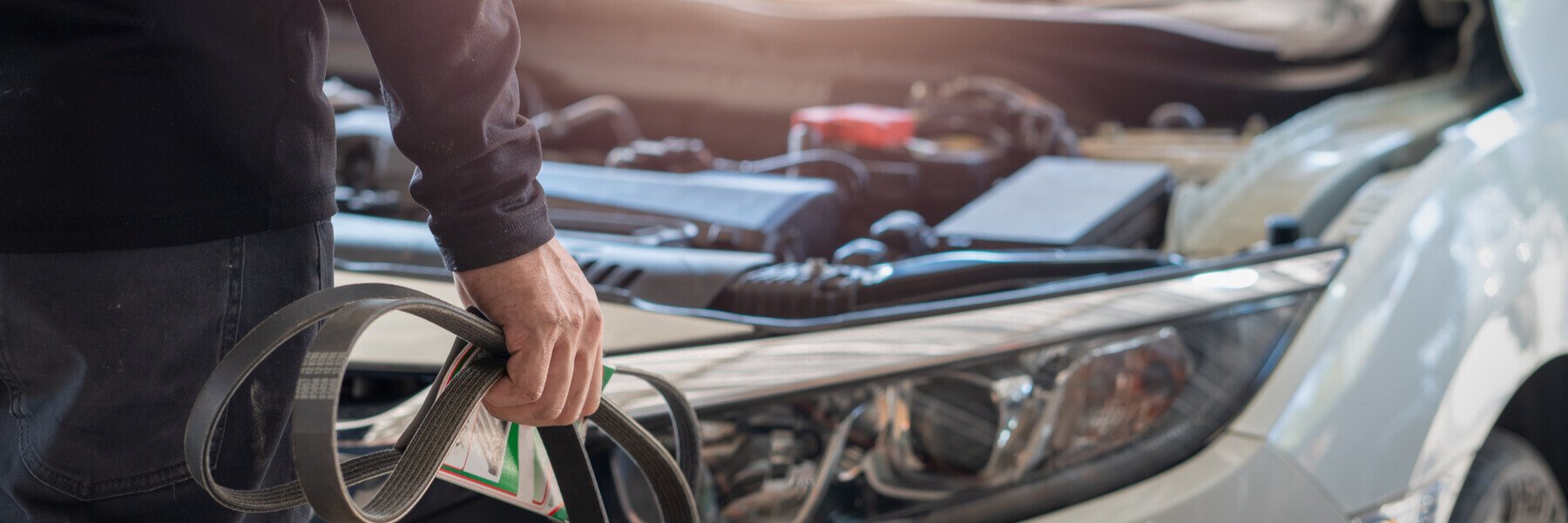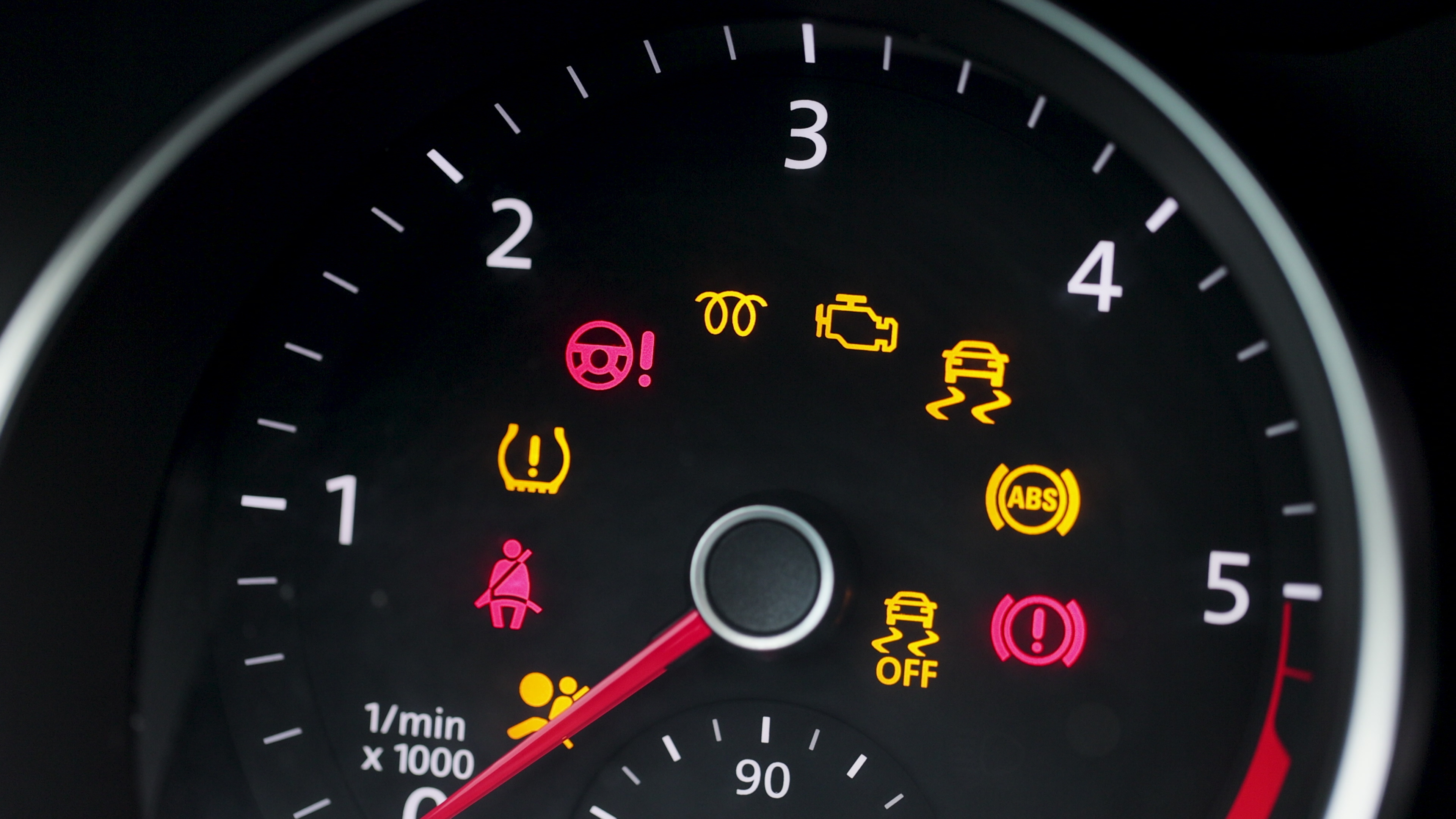The timing belt is essential in maintaining the rhythmic pace between your engine's pistons and valves. But what happens when this vital piece fails? As one of the most trusted auto mechanics in Boise, we at Naylor's Auto Repair want to share some important information about timing belts and how to prevent potentially catastrophic damage from happening to your car.
Can You Drive on a Broken Timing Belt?
No! If the timing belt breaks while driving, pull over as safely and quickly as possible and turn off the engine immediately to prevent further damage. The vehicle will need to be towed to a repair shop for further inspection and repair. The timing belt is integral to the synchronized operation of the engine, coordinating the movements of the pistons and valves.
A broken belt can cause these components to collide, significantly damaging the cylinders, rocker arms, push rods, and valves. Repairs for such damage can be extensive (read: expensive!) potentially requiring a new engine or even totaling the car, which is why it’s imperative you stop driving a car the moment you recognize the timing belt has broken.

Can You Drive on a Broken Timing Belt?
No! If the timing belt breaks while driving, pull over as safely and quickly as possible and turn off the engine immediately to prevent further damage. The vehicle will need to be towed to a repair shop for further inspection and repair. The timing belt is integral to the synchronized operation of the engine, coordinating the movements of the pistons and valves.
A broken belt can cause these components to collide, significantly damaging the cylinders, rocker arms, push rods, and valves. Repairs for such damage can be extensive (read: expensive!) potentially requiring a new engine or even totaling the car, which is why it’s imperative you stop driving a car the moment you recognize the timing belt has broken.

What Are the Warning Signs a Timing Belt Will Break?
While a timing belt can break without much indication, there are some warning signs that might alert its upcoming failure. These include:
- A ticking noise from the engine while it's running.
- Difficulty starting or turning over the engine.
- The sound of the engine misfiring while driving.
- Visible oil leakage from the front side of the motor.
- Hydroplaning in dry road conditions.
- Illumination of the check engine light.
- A noticeable decline in engine performance.
Paying attention to these warning signs and bringing your car to Naylor's can prevent the destructive consequences of a broken timing belt.
How to Prevent a Harmful Timing Belt Break
Preventing a timing belt failure involves a combination of proactive measures and regular maintenance. Extreme temperatures and dry climates can accelerate the wear of the timing belt, necessitating more frequent replacements.
To protect your timing belt and, by extension, your engine, consider:
- Storing your car in a garage to protect it from extreme temperature changes.
- Getting regular oil changes and addressing any water leaks promptly.
- Having the timing belt assessed every 60,000 miles or every five years.
- Proactively replacing aging timing belts.
At Naylor’s Auto Repair, our technicians can evaluate the health of your car's timing belt and provide informed recommendations for its replacement to save you a headache in the future.
Visit Naylor’s Auto Repair for Timing Belt Repair
When it comes to the health of your timing belt and engine, trust the experts at Naylor’s Auto Repair. Our skilled technicians are proficient in identifying and addressing timing belt issues, ensuring your vehicle operates smoothly and stays reliable. Call us or schedule an appointment online.



